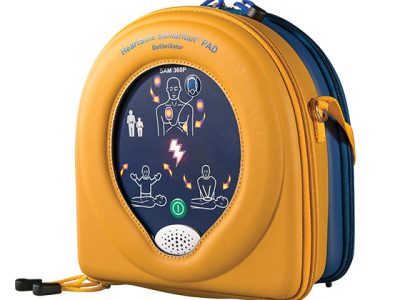
Prostheses, or Prosthetic legs, can aid people undergone leg amputations to get around more quickly. They copy the function, and occasionally, even the look of a leg. A few people still require a walker, walking cane, or props to stroll using a prosthetic leg, but others can walk easily.
If you are having a lower limb cut away, or you will quickly, a prosthetic leg might be an option you’re considering. Amputee recovery professional from Prime Care Orthotics & Prosthetics shares a couple of factors to consider you must think about initially.
Not Everybody Gain from a Prosthetic Leg
While many people with arm/leg loss do well with their prosthetic legs, not every person is a great prospect for a leg prosthesis. A few inquiries you might want to discuss with your doctor prior to selecting a prosthetic leg to consist of:
- Are there enough soft cells to support the continuing to be bone?
- What is the problem with the skin on the limb?
- How much discomfort are you in?
- What is the level of motion the remaining limb has?
- What was your task level prior to the amputation?
- Is the other leg healthy and balanced?
- What are your movement objectives?
The sort of amputation, over/below the knee, can additionally affect your decision. It’s normally less complicated to utilize a lower knee prosthetic limb compared to an upper-the-knee prosthesis. When the knee joint remains undamaged, the prosthetic leg is going to take less initiative to move as well as permit more movement.
The reason behind the amputation is additionally an element, as it might impact the health and wellness of the recurring limb. Your physical health, as well as lifestyle, are additionally essential to think about. If you were not extremely active and lost your leg as a result of peripheral vascular condition or diabetic issues, for example, you will have a harder time with a prosthesis than someone who was extremely active yet lost a limb in an automobile crash.
When it pertains to amputation, everyone is distinct. The choice to move forward with a prosthesis should be a joint one in between you, as well as your physician.
Prosthetics are Made Different for Different People
If your medical professional recommends a prosthetic leg, you might not understand where to start. It helps to recognize how different parts of a prosthesis work together:
- The prosthetic limb is made from lightweight yet sturdy materials. Depending on the area of the amputation, the leg may/may not include practical ankle and knee joints.
- The outlet is an accurate mold of your recurring limb that fits snugly over the limb. It assists to connect the prosthetic leg to your body.
- The suspension is the reason the prosthesis remains attached, whether via vacuum suspension/suction, sleeve suction, or distal securing with pin/lanyard.











